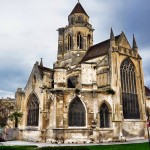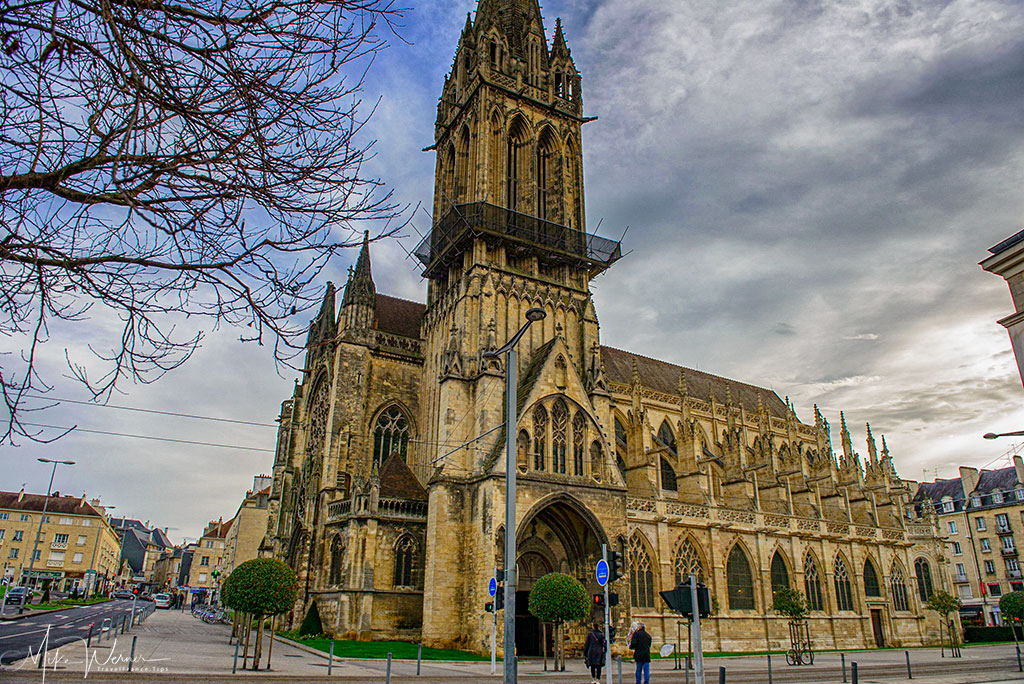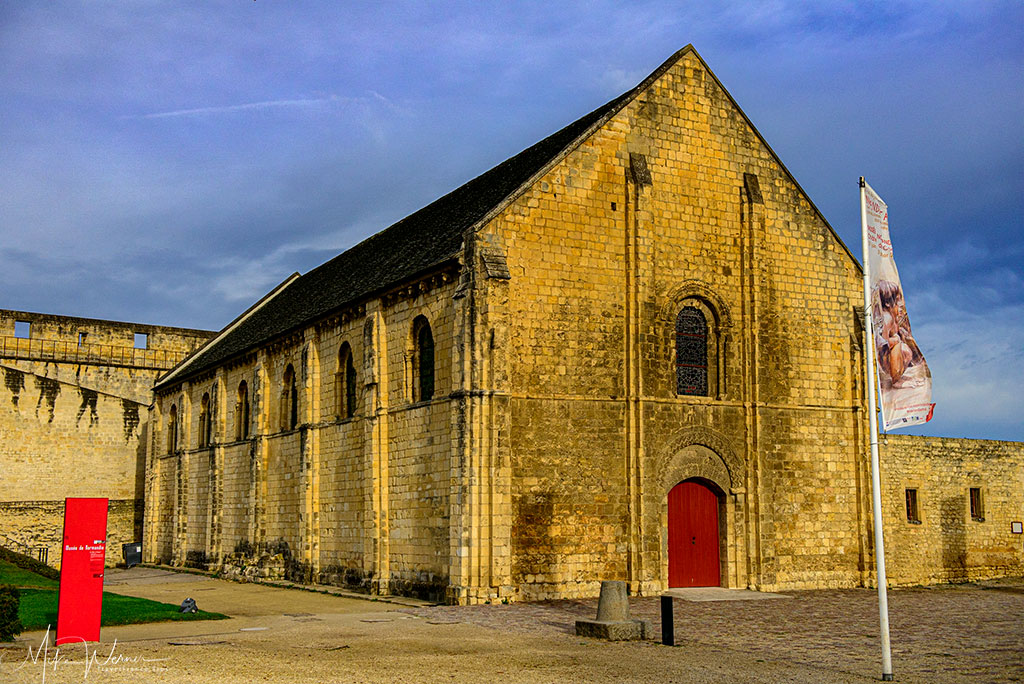This page forms part of a series of pages dedicated to the many artists who painted in Caen. A full list of all the artists with a link to their works can be found at the bottom of this page.
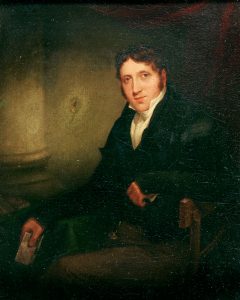
Movement(s): –
John Sell Cotman (1782 – 1842) was a British artist and watercolorist, known for his contributions to the English Romantic movement.
Born in Norwich, the son of a silk merchant and lace dealer, Cotman was educated at the Norwich Grammar School. He showed an early talent for art. It was intended that he followed his father into the family business but, intent on a career in art, he moved to London in 1798, where he met artists such as J. M. W. Turner, Peter de Wint and Thomas Girtin, whose sketching club he joined, and whom he travelled with to Wales and Surrey.
Cotman was trained as an architect but eventually became known for his watercolors and etchings, which captured the rugged beauty of the British countryside.
Cotman’s watercolors are characterized by their loose, spontaneous brushwork and their ability to convey a sense of atmosphere and mood. He was particularly interested in the interplay between light and shadow, and his paintings often feature dramatic contrasts between dark and light areas. He was also a skilled etcher, and his etchings of landscapes and architectural subjects are highly regarded for their technical virtuosity and atmospheric qualities.
In addition to his work as an artist, Cotman was also an influential teacher and writer on art. He wrote several books on watercolor technique, including “An Account of the Architecture, Paintings and other Curiosities in Norfolk and Suffolk” (1819) and “An Essay on the Principles of Landscape Painting in Watercolours” (1824). He taught watercolor painting at the Royal Academy of Arts in London and had a significant impact on the development of watercolor as a medium in Britain.
Cotman’s work is considered to be among the finest examples of English Romantic landscape painting, and his legacy has continued to inspire artists and art lovers alike. Today, his works can be found in major collections around the world, including the British Museum and the Victoria and Albert Museum in London.
In 1834 his eldest son Miles Edmund remained in Norwich to work as an art teacher, when the rest of the Cotman family moved to London upon the appointment of John Sell Cotman as a Professor of Drawing at King’s College. A year after his move to London, Mile Edmund himself moved to London, becoming his father’s assistant after his brother John Joseph moved back to Norwich. His sons Miles Edmund and John Joseph Cotman later became painters of note. Miles Edmund succeeded his father as drawing master at King’s College in 1843.
Click here to read Cotman’s full bio on Wikipedia.
NOTE: Click on any image below for a bigger version (no new window will open).
NOTE: A black box like this one, means that there is an explanation text about today’s situation of the painting above it.
NOTE: Click on this photo icon ![]() anywhere below a painting to see a photo of what the area looks like today.
anywhere below a painting to see a photo of what the area looks like today.
NOTE: A blue box like this one, means there is an explanation or a note.
TODAY: The Abbey church is still there, imposing as ever, and forms part of the city hall building (Hotel de Ville).
TODAY: Rue St-Jean in Caen is still full of shops.
TODAY: The Saint-Pierre church is still there in full glory, and is the most visible church (after the Abbey/City Hall one), and it’s located right next to the enormous fortress of Caen.
TODAY: The chapel is still there within the grounds of the enormous castle/fortress of Caen. The photo in the popup icon above was taken at almost the same angle and distance.
Douvres-la-Delivrande
Douvres-la-Delivrande lies to the North of Caen, Normandy.
Fontaine-Henry
Fontaine-Henry is a small village to the North-West of the city of Caen.
Hermanville-sur-Mer
Hermanville-sur-Mer lies close to Caen’s harbour town of Ouistreham, to the North of Caen.
Ifs
Ifs is an immediate suburb of Caen to the South of the city.
Ouistreham
Ouistreham is the harbor town of Caen, a place where you will find the ferry the UK arrives.
John Cotman painted in several places in France (a link “⇠” to his works in a specific city will appear below when published) :
- Hauts-de-France
- Peronne
- Normandy
- Alencon
- Avranches
- Domfront
- Evreux
- Falaise
- Fecamp ⇠
- Les Andelys
- Lisieux ⇠
- Le Havre (and surroundings) ⇠
- Mont Saint-Michel
- Mortain-Bocage
- Pont-de-l’Arche
- Rouen
- Saint Lo
- Saint-Martin-de-Boscherville
Artists featured here who painted in Caen (but not limited to) are (a link “⇠” will be placed next to an artist name when their works are published. A “*” means that the artist did NOT work in Caen itself, instead worked in nearby villages and towns):
- 🇺🇸 Boggs, Frank Myers ⇠
- 🇬🇧 Bonington, Richard Parkes ⇠
- 🇫🇷 Boudan, Louis ⇠
- 🇫🇷 Boudin, Eugene ⇠
- 🇫🇷 Bourgeois, Constant ⇠
- 🇬🇧 Callow, William ⇠
- 🇬🇧 Cameron, David Young ⇠
- 🇬🇧 Cotman, John Sell ⇠
- 🇫🇷 Dauzats, Adrien ⇠
- 🇫🇷 de Jolimont, Theodore Basset ⇠
- 🇬🇧 Dolby, Edwin ⇠
- 🇳🇱 Dommersen, William ⇠
- 🇫🇷 Garneray, Ambroise Louis ⇠
- 🇫🇷 Gernez, Paul-Elie * ⇠
- 🇫🇷 Guerard, Henri ⇠
- 🇫🇷 Hervier, Louis Adolphe ⇠
- 🇫🇷 Huet, Paul * ⇠
- 🇫🇷 Isabey, Eugene ⇠
- 🇳🇱 Jongkind, Johan ⇠
- 🇫🇷 Lepine, Stanislas ⇠
- 🇫🇷 Lepoittevin, Eugene ⇠
- 🇫🇷 Letellier, Emile-Andre ⇠
- 🇫🇷 Loiseau, Gustave ⇠
- 🇬🇧 Montague, Alfred ⇠
- 🇬🇧 Poynter, Ambrose ⇠
- 🇬🇧 Prout, Samuel ⇠
- 🇬🇧 Roberts, David ⇠
- 🇬🇧 Rushout, Anne ⇠
- 🇬🇧 Schafer, Henry Thomas ⇠
- 🇬🇧 Stanfield, Clarkson George ⇠
- 🇧🇪 Timmermans, Louis-Etienne * ⇠
- 🇫🇷 Thorigny, Felix ⇠
- 🇬🇧 Turner, Joseph Mallord William ⇠
- 🇫🇷 Valtat, Louis * ⇠
NOTE: You can subscribe to our new articles by entering your email address in the box on the right column (or at the very bottom of this article) and clicking on the button “Subscribe”.
You will need to check your incoming emails and validate your subscription. If you can’t see an email from us, check your Spam folder. Without validating your email address, you will not get notifications from us. WE WILL NEVER GIVE YOUR EMAIL ADDRESSES TO ANYONE!
Related Posts
- 10000
- 10000
- 10000
- 10000
- 10000
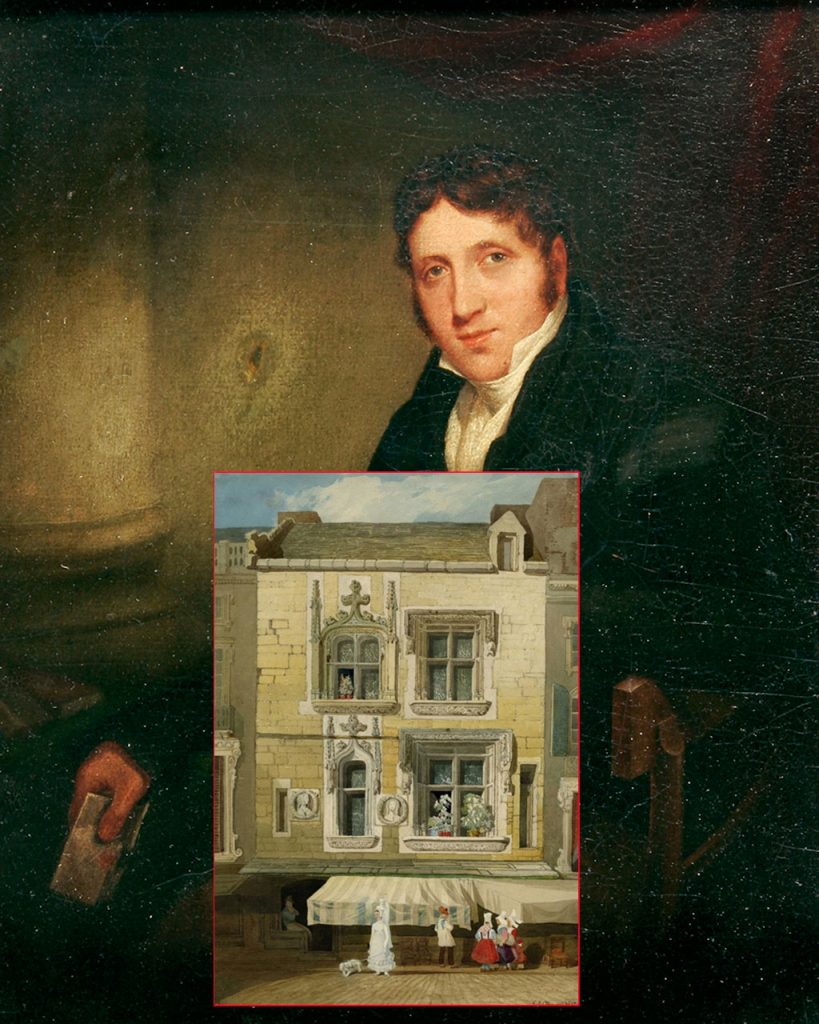
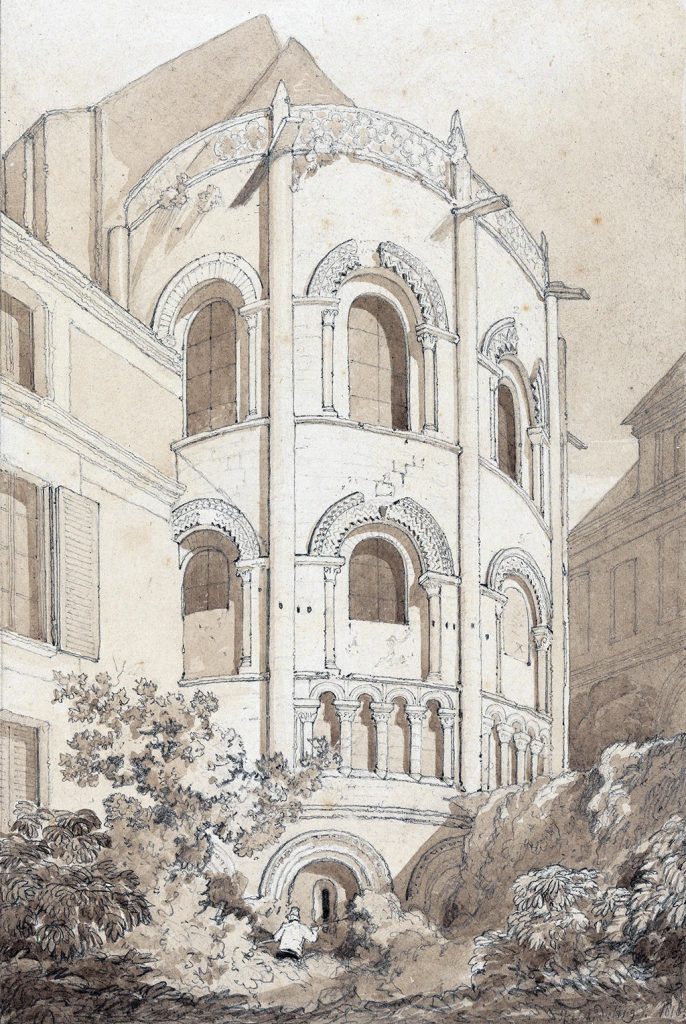


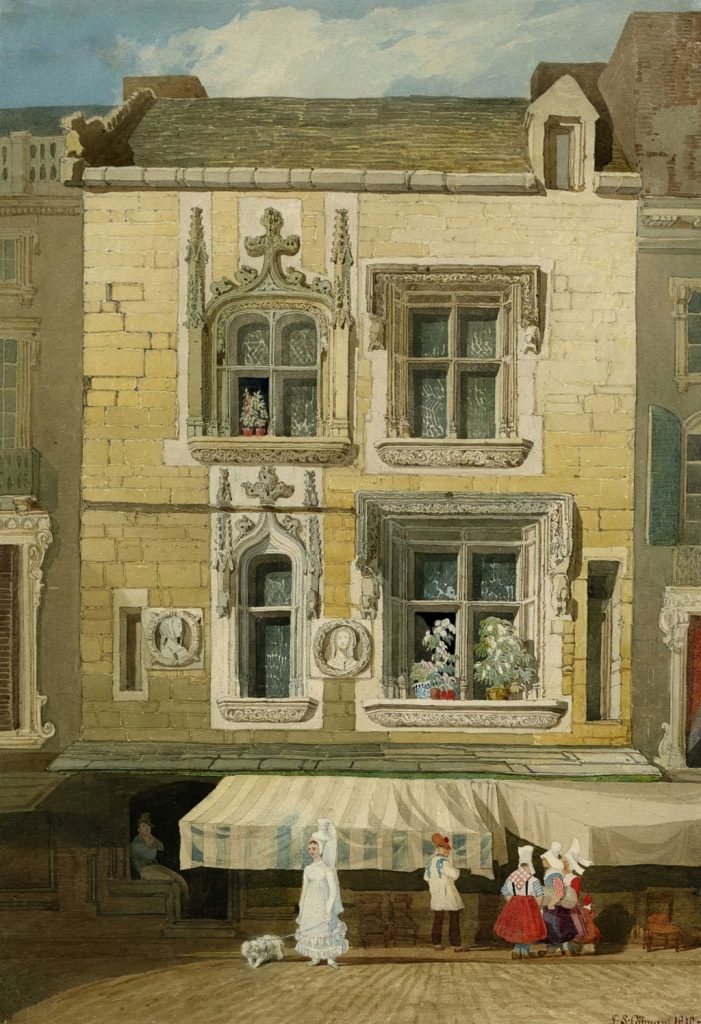
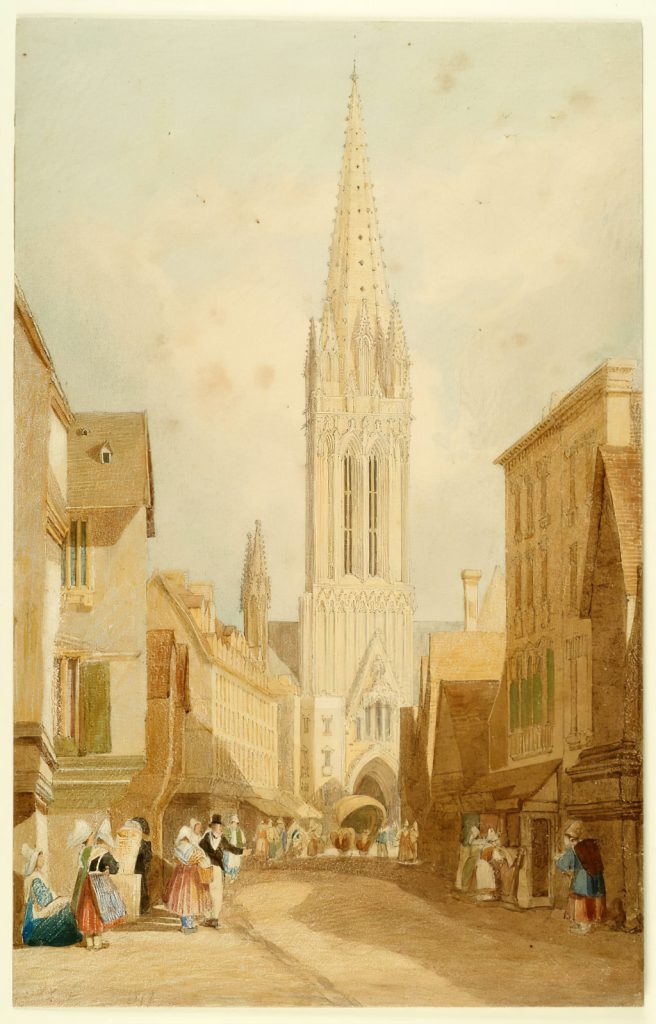
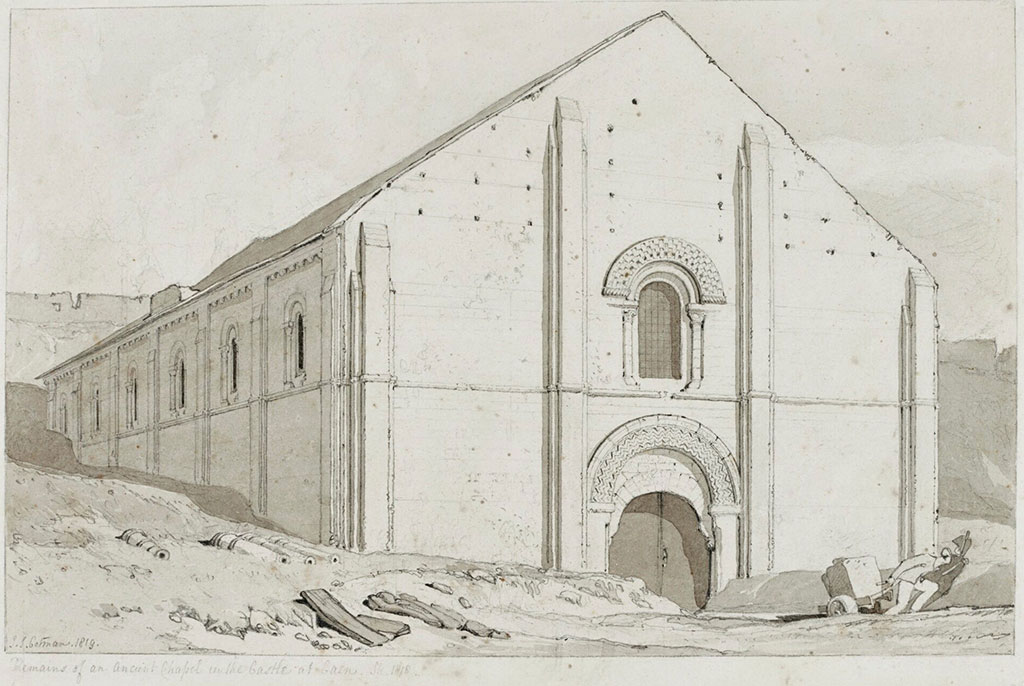

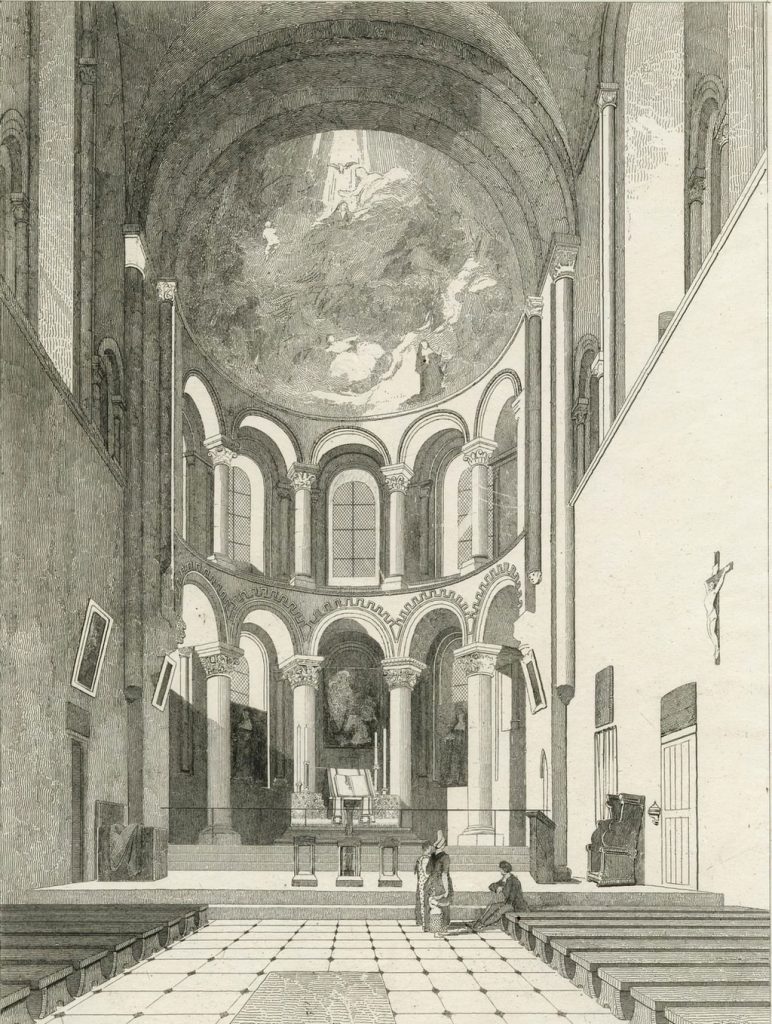
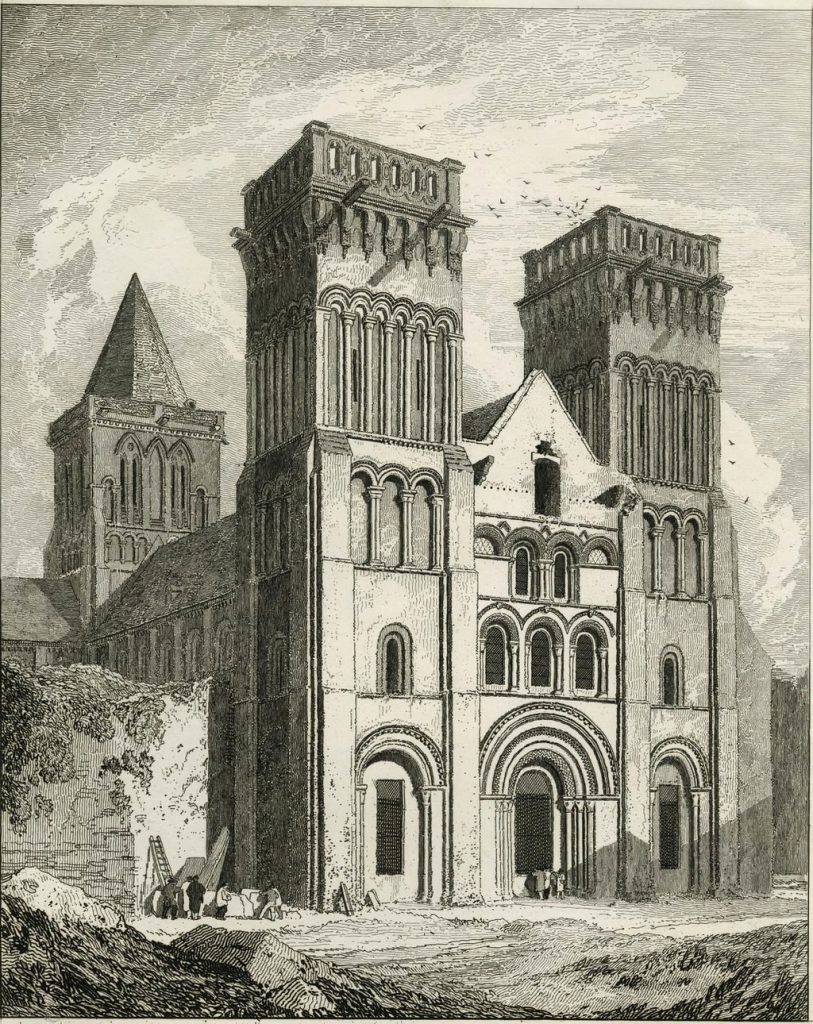
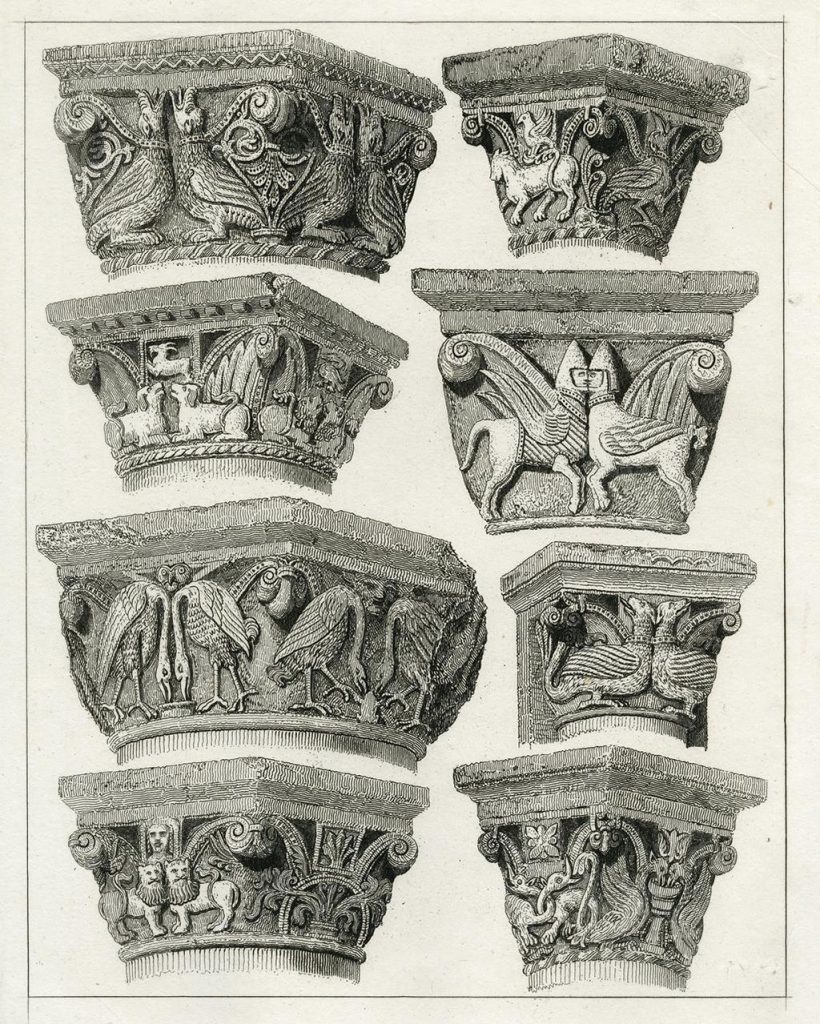

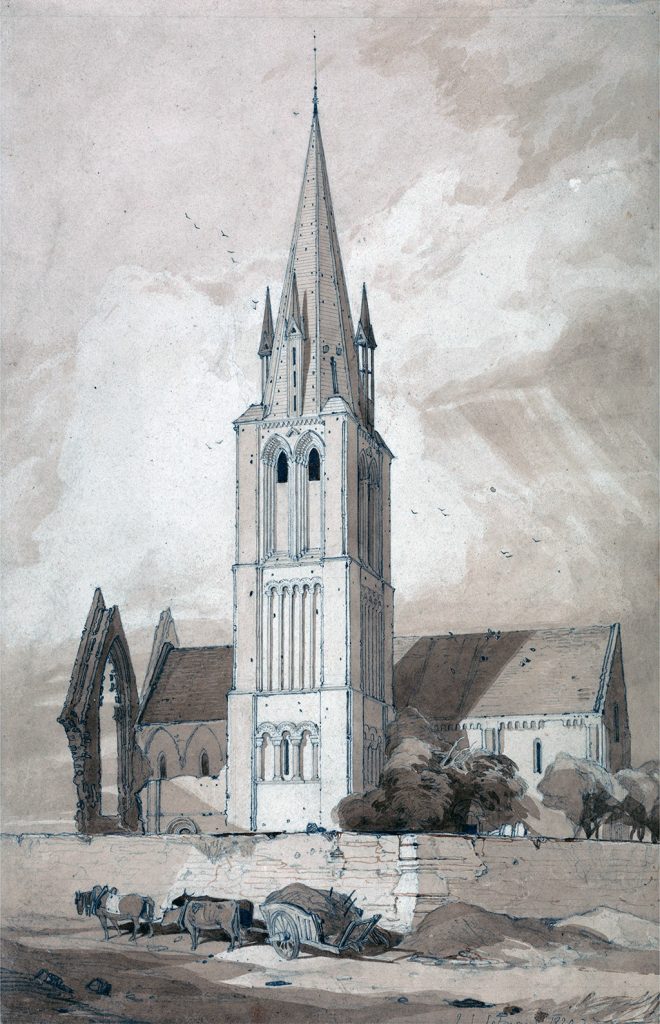
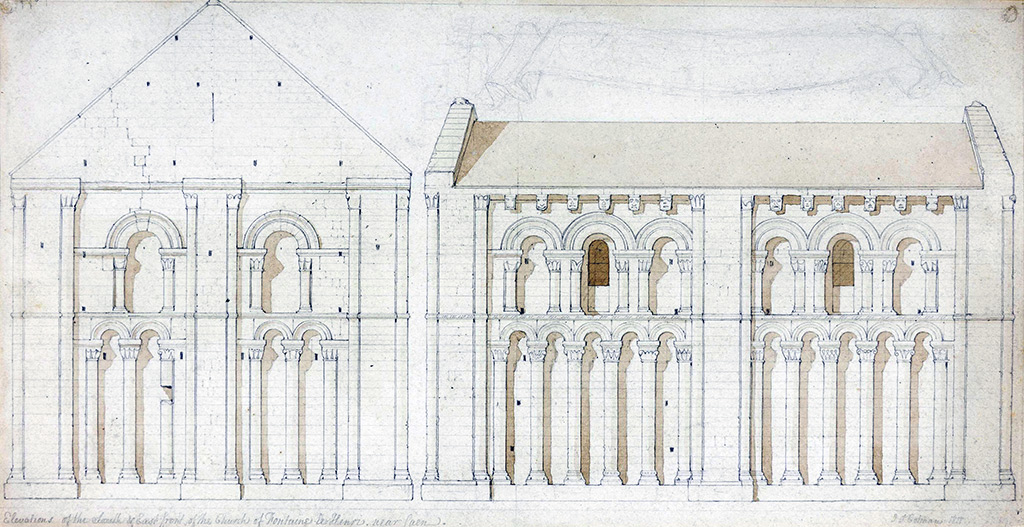

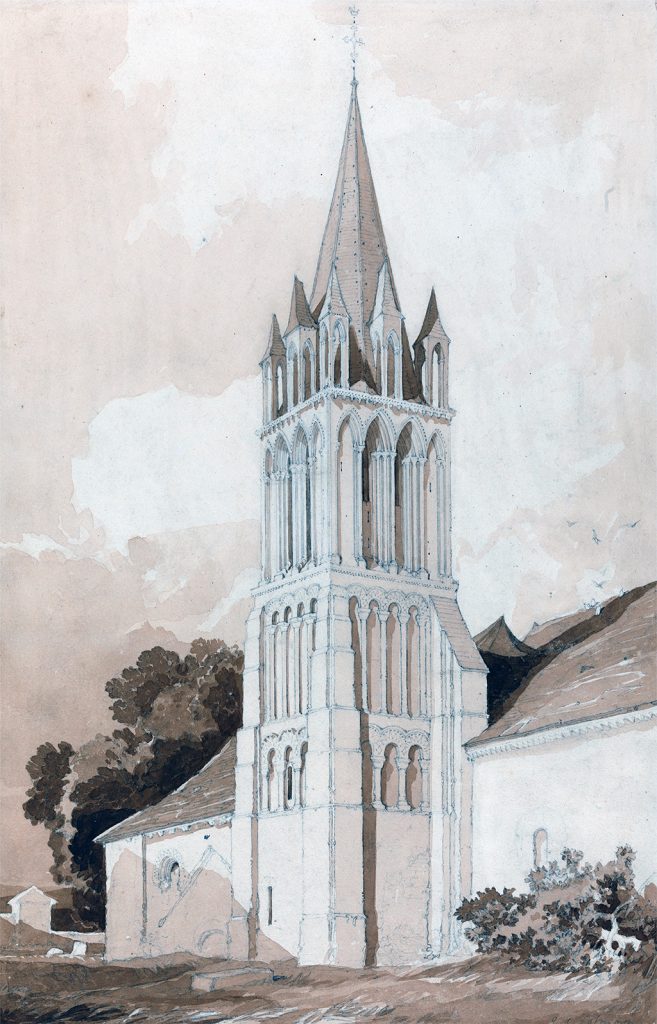
![John Cotman 1820 - West-Front-of-the-Church of Oyestraham [Ouistreham], near Caen, Normandy](https://travelfrance.tips/wp-content/uploads/2020/03/Cotman-1820-West-Front-of-the-Church-of-Oyestraham-Ouistreham-near-Caen-Normandy-846x1024.jpg)


